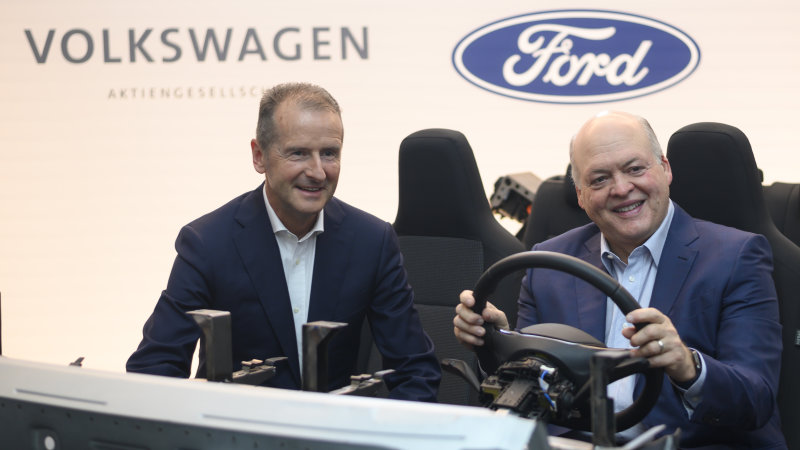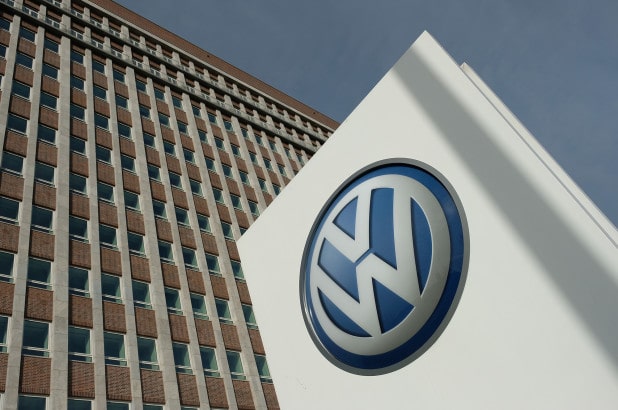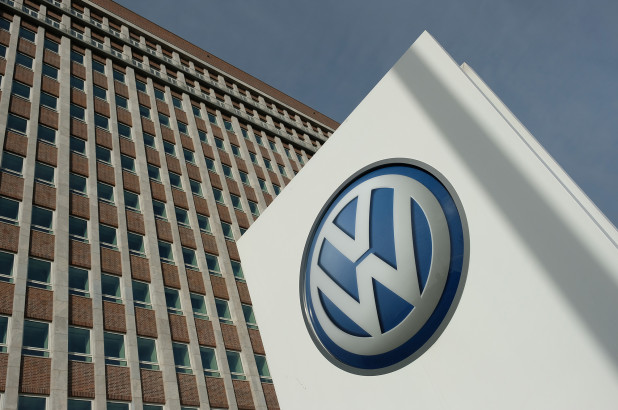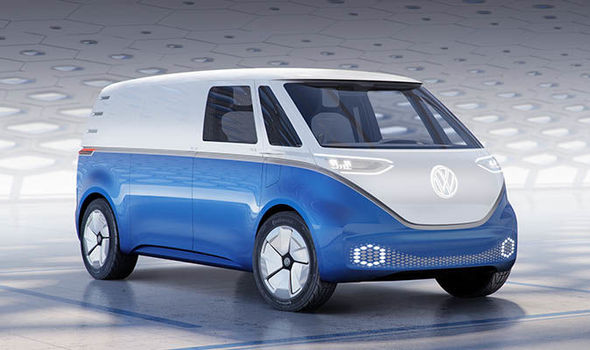Volkswagen will tap into Microsoft’s cloud computing for developing self-driving software
Volkswagen dropped the hint of developing self-driving software in the future when the company decided to use Microsoft’s Azure software back in 2018. The two companies made a deal three years ago that Volkswagen will use Microsoft’s Azure cloud computing service and link it to the cars. And, from the announcement made on 11th February 2021, the software updates will be developed in this cloud from where they will be directly downloaded in the cars.
The technology behind developing self-driving cars has been a hot topic for quite some time now. Yesterday’s announcement was all about making it public that Microsoft’s cloud computing service will be used to streamline the software development updates for self-driving cars.
Volkswagen Position in the Automobile Industry
The two brands Audi and Porsche that are owned by Volkswagen are working on developing self-driving cars. Though these brands are under the same parent company, they are working independently to give their brands an exclusive presence. Self-driving cars are the future of the automobile industry and that future is not very far. Both Audi and Porsche are working on self-assisting driving features like adaptive cruise control. But these features will not be designed for every self-driving model of the companies.
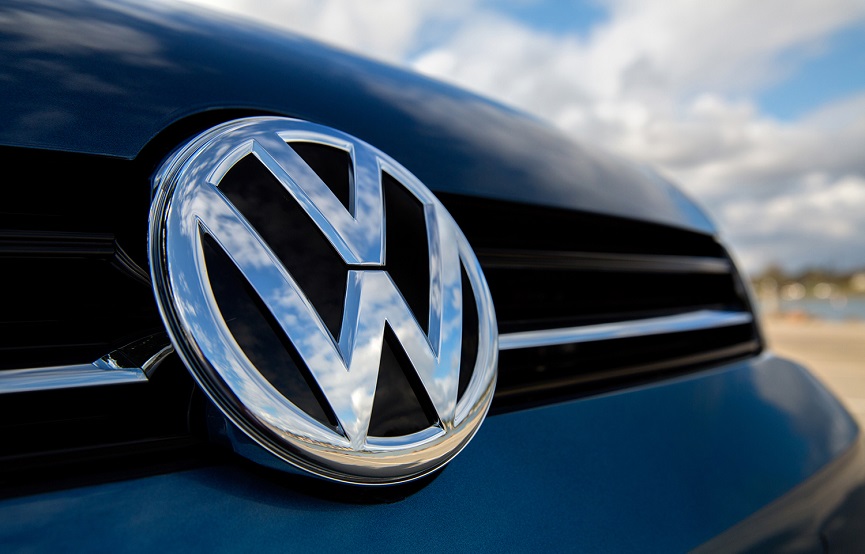
In an effort to make the designing process smooth, Volkswagen brought all these development efforts together into a subsidiary last year. The name of the subsidiary is Car. Software and this was an initiative taken by the company to establish proper coordination among all the makers. Though each company was responsible for handling its own work, design, and visual prototype, all of them needed to work on some features together as they were common for all cars, for example, obstacle detection. All these groups in spite of working within a common group used different systems for developing the software for self-driving cars.
So finally, the company decided to put all the updates on a common cloud server, and hence the deal was announced yesterday in collaboration with Microsoft. This information was given to Reuters by Dirk Hilgenberg, Chief Executive of Car. Software. Every brand will have an opportunity to examine the work of others and modify their software accordingly.
Work to be done
The deal between Microsoft and Volkwagen also included deploying software updates to the car so that any new feature can be instantly downloaded into the care system. This is one such practice that helped Tesla to move far ahead of the competition and ahead of time as well. Along with mentioning the reason why Volkswagen decided to update all new features in one place, Dirk also mentioned that “over-the-air updates are paramount: without which the company might lose the firm ground in the self-driving automobile field.
The main objective behind this entire practice of software updates for self-driving cars is that today you are hitting the road with a car with little self-driving assistance in it. But, subsequently, new features will come along and in no time you will be able to access them thus taking you one step towards a more flexible world of autonomous driving. In response to this new deal, Scott Guthrie, Executive Vice President of Cloud and Artificial Intelligence at Microsoft, said that. “That ability to start to program the vehicle in richer and richer ways, and in a safe way, transforms how the experience works.” while explaining how to receive updates in our mobile phones within very short intervals.
How Self-driving cars will change the future?
The main theory behind building a self-driving car is to design sensors that can track all objects around the car and embedding the technology on how to react if it is about to bump into one. But, it is easier said than done. The idea of self-driving technology is keeping almost every leading car company out there. But, with the pace of advancement taking place, the ones who won’t be able to keep up with this drastic change will face severe business problems. At the same time, experts predict that with the amount of brainstorming put into developing self-driving car technology, the next decade might bring enormous opportunities for automakers and technology developers. Evolution is the only means to survive whether they are mankind or machines.

Annasha Dey is an NIT student, who apart from studying engineering is also a content writer. She has a great interest in photography, writing, reading novels, and travelling as well. She is a foodie who loves socializing and hanging out with her friends. She is also a trained Kathak dancer and a big fashion enthusiast. Dey also loves watching TV series, which includes F.R.I.E.N.D.S. and Big Bang Theory. To be a better writer she prefers to read more
